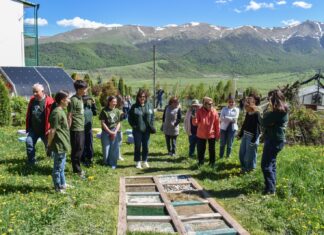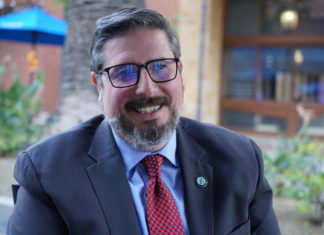NEW YORK/NEW JERSEY – Armenians who are active in community life come together in all types of venues which have been affected by the novel coronavirus, and this includes the final venues for many, funeral homes and cemeteries. In some parts of the US, there are still Armenian-owned funeral homes which often have been family-run businesses handed down from generation to generation. Their ties run deep with local Armenians and they have been struggling to deal with the heavy death toll of COVID-19 along with the restrictions placed on their operations by government authorities. Those in New York and neighboring New Jersey turned out to be in a particularly dangerous global hotspot or center for the spread of COVID-19 in March and especially April of this year.
New Jersey
Bill Basralian is the owner of the William G. Basralian Funeral Home, a small 15-year-old business in Oradell, NJ with, he estimates, approximately 75 percent Armenian clientele.

Basralian said that at the peak of the crisis so far in April, “I had to refuse something like 20 funerals. It was a lot of stress. The people who service me, doing removals [of bodies] and preparations were burning out because of the work. Some of the people helping transport the bodies were not even picking up their phones because they were so overwhelmed with everything.”
It was a chain of events that turned into an avalanche of bodies headed for funeral homes like that of Basralian. Nursing homes were unable to provide for the people dying there. Crematories were backed up for almost a month. Cemeteries were doing burials every 20 minutes yet you had to wait five days for an appointment. Even the president of a casket company could be seen personally delivering his caskets to try to keep up with the demand.
Basralian exclaimed, “The whole business never experienced anything like this before. It was almost like a plague.”









